The passion of a writer and a hermit
A 30-year-old cautionary tale about wilderness living is re-published, this time with uncensored gritty details.
October 08th, 2025
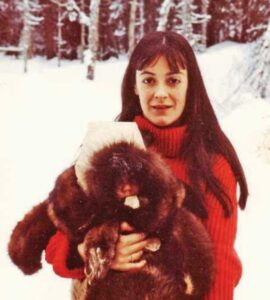
“It is one thing to build root cellars, to dig roots and rocks and dirt to develop a massive garden of more than 10,000 square metres, to grow enough vegetables and grains, raise enough chickens and rabbits and geese, to forage and fish and hunt for at least 75% of your own food annually. Or to build and make additions to a 12 by 16-foot log cabin and fell, peel and notch every pine and spruce log for the outbuildings. What else is there to keep the head and the heart healthy as well as the body, toughened by relentless hard work and long hikes just to get out to make a phone call?”
Review by Caroline Woodward
So many things have changed in the world of publishing and in the life of author Deanna Barnhardt Kawatski since 1994 when her best-selling memoir, Wilderness Mother: A Memoir of 13 Years Off the Grid (Ronsdale Press $24.95) was published by Lyons & Burford in the United States. Kawatski had by then served a long apprenticeship to the craft, although eschewing a university education. She wrote continuously in several genres while travelling and working abroad for three years in the 1970s, studied in Banff with W.O. Mitchell and was a voracious reader. In her late twenties, she landed a lucrative fire tower look-out position in the wilderness of northwestern BC where she was warned to keep an eye out for a local hermit. The rest of the story, the whirlwind romance of the beautiful poet in the fire tower and the handsome hermit in the log cabin, became publishing history.
This 30th anniversary edition has been completely updated and re-edited, and will be released by a Canadian publisher, Ronsdale Press. The former US publisher became an imprint of Globe Pequot Publishers several decades ago. Mother Earth News magazine, where Deanna contributed a popular monthly column about her life in the bush for two years, endearing her to 500,000 subscribers, has become somewhat less earthy and more glossy but still appeals to a million subscribers, print and digital. Some of the other outdoor living and gardening magazines in North America where she sold her self-sufficiency-themed articles and which paid very well in the 1980s and ‘90s have folded, like Country Journal or, like Mother Earth News, reduced their annual publishing output drastically.
But a new generation of readers, urban and rural, all of whom appreciate living more simply and in harmony with the environment, awaits this remarkable account of an adventurous young couple gaining the skills of self-sufficiency in the remote area between Stewart and Dease Lake, in a valley known mostly for its name, Ningunsaw. If you are driving Highway 37 to, or from, the Yukon border, you will see the sign for Ningunsaw Provincial Park and ponder living near there year-round perhaps.
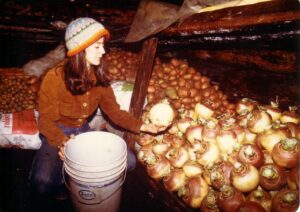
In Kawatski’s and her husband’s day, the end of the nearest road was followed by an arduous hike, or snowshoe, through three bogs and up and down steep slopes to reach their cabin. Or you can read this book and spare yourselves the spine-jolting potholes and millions of thirsty northern mosquitoes en route! For this edition is a much-less censored cautionary tale than the original book.
It is one thing to build root cellars, to dig roots and rocks and dirt to develop a massive garden of more than 10,000 square metres, to grow enough vegetables and grains, raise enough chickens and rabbits and geese, to forage and fish and hunt for at least 75% of your own food annually. Or to build and make additions to a 12 by 16-foot log cabin and fell, peel and notch every pine and spruce log for the outbuildings. What else is there to keep the head and the heart healthy as well as the body, toughened by relentless hard work and long hikes just to get out to make a phone call?
They shared a great passion and appreciation for unspoiled nature. Both came from farming backgrounds and were no strangers to hard work and resourcefulness. They became parents of a healthy baby girl, a home birth, nearly nine months after their wedding so that bond was strong, followed by the birth of their son in the Stewart Hospital five years later. By then though, the cracks and fissures in their relationship were as evident as the hastily-built roads and wholesale destruction of the forests surrounding them.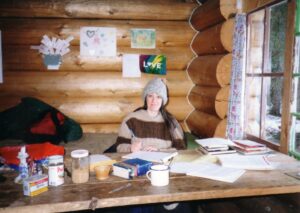
How Kawatski remained so joyful and engaged as a mother, so appreciative of the beauty of their surroundings and so generous and forgiving of her husband for so long is a testament to her strength of character. How she managed to keep writing, rising at 4:30 a.m. when she wasn’t exhausted by the demands of child rearing and her staggering workload, and despite her husband’s increasing derision and harsh criticism, is yet another sign of her strength. As his mental health deteriorated, evidenced by him writing her publishers telling them not to publish her book, a directive they ignored, her intention to do the best for her children and eventually, finally, for herself, only grew more determined. The enduring support of her mother and sister and certain angels in the form of observant neighbours and swift-acting social workers will reaffirm readers’ faith in the goodness, and courage, in most hearts and minds. This book is, more than most, a great gift and legacy for her children. 9781553807308
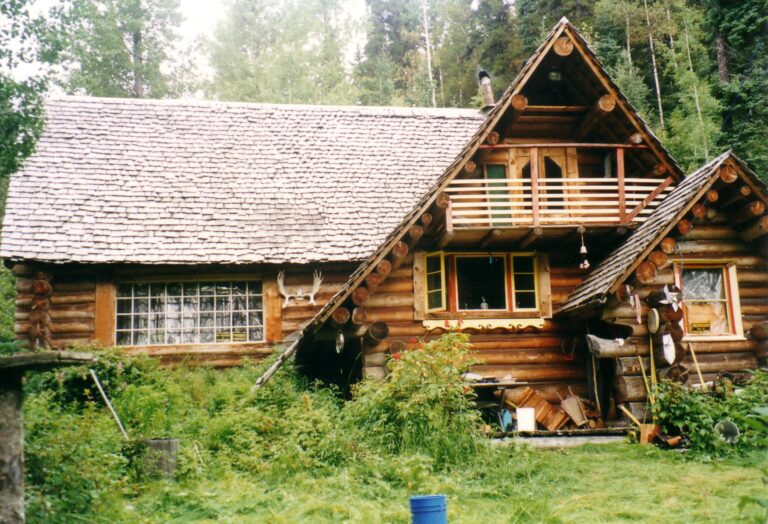
Located between Stewart and Dease Lake, in a valley known as Ningunsaw, Kawatski and her husband began building their house in 1981.
Caroline Woodward grew up on a Peace River homestead and gleefully fled a life of picking roots and rocks in order to earn a BA at UBC and a creative writing diploma from David Thompson University Centre. Have You Ever Heard a Whale Exhale? (Pownal Street Press/Raincoast) is her latest book for children.
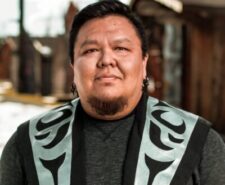
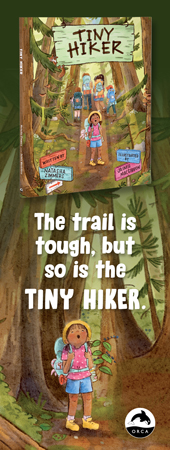
Leave a Reply